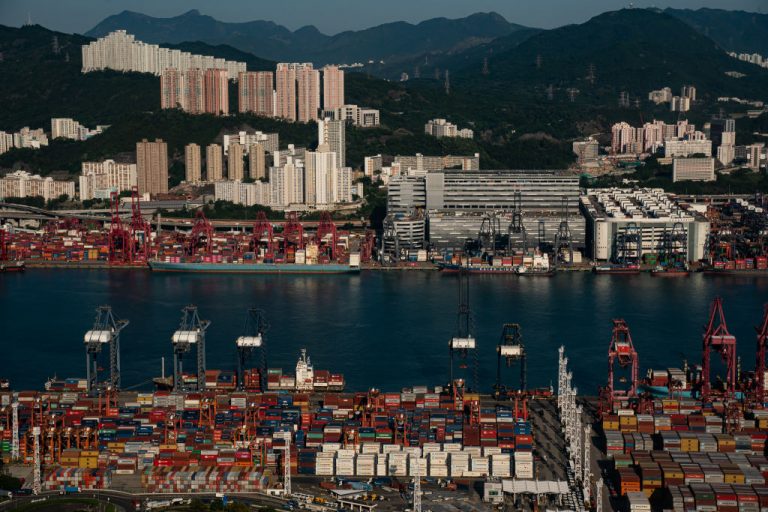China’s producer price index (PPI) rose by 13.5 percent in October year-on-year, which is a faster rate than the September figure of 10.7 percent. This is also the fastest pace at which PPI has risen in 26 years. Meanwhile, the consumer price index (CPI) rose 1.5 percent year-on-year in October, up from 0.7 percent in October. PPI measures inflation from the viewpoint of industries while CPI measures it from the consumers’ perspective.
The spike in CPI is concerning as it could foreshadow an immediate increase in prices of goods. The growth in CPI and PPI have beaten the expectations of experts. Some even warn about inflation going up even more. Producers will feel the pressure to pass on these costs to customers rather than bear it themselves. Raw material prices have been high for some time and are now beginning to affect consumer goods industries after having stressed out industries dependent on metals.
“The pass-through from PPI to CPI becomes stronger. Looking ahead, PPI inflation may stay elevated for a while, likely through the winter. Energy prices, especially for coal and natural gas, may continue to rise… CPI inflation may pick up further from the current level of 1.5 percent, as more price pressure shifts from PPI to CPI… Yet, we expect the CPI to stay below the target of 3 percent,” Jing Liu, senior economist for Greater China at HSBC, told the South China Morning Post (SCMP).
Zhiwei Zhang, chief economist for Hong Kong-based Pinpoint Asset Management, told CNN that producers earlier used their input inventories as a “buffer” to avoid passing the higher costs to consumers. But such inventories have now depleted. As such, businesses might have no choice but to raise prices.
Factory inflation was largely driven by upstream industries, with washing and coal mining prices rising by over 103 percent from a year back. In the oil and gas extraction industry, prices went up by 59.7 percent.
Success
You are now signed up for our newsletter
Success
Check your email to complete sign up
The fact that CPI for October grew by almost double from September might be an indication of businesses beginning to transfer additional costs to consumers. Shortage of coal, costly electricity, the pandemic, etc. have all contributed to the current inflation scenario.
Economic growth in China is already slowing down. Combined with rising factory inflation, the country might be at risk of stagflation, an economic situation in which high inflation, stagnant economic growth, and high unemployment exist at the same time.
In July, the People’s Bank of China (PBOC) made a surprise move to reduce reserve requirement ratio for banks. Now, the bank is downplaying the possibility of making such a move once more. According to Liu Peiqian, a Chinese economist at Natwest Markets Plc., CPI continues to remain below PBOC’s target level, which would mean that the bank will likely avoid tightening monetary policy. Ting Lu, Chief China Economist at Nomura, thinks that elevated PPI and CPI levels “reduces the probability” of PBOC lowering policy rates.
“The acceleration in China’s inflation in October is probably a bit of a side show for the central bank — we don’t expect the People’s Bank of China to take its eye off the need to cushion a slowdown in the economy. We still expect it [to] cut banks’ required reserve ratio by another 50 basis points in the next month or so,” economist David Qu told Bloomberg.
Meanwhile, China’s inflation is becoming a worry for the world. The country is basically the manufacturing center of the global economy. Rising prices in China would inevitably mean that prices of goods would increase in other parts of the world.
According to Ken Cheung, chief Asian foreign exchange strategist for Mizuho Bank, rising PPI is “fueling upward pressure on global inflation.” In the United States, consumer prices increased by 6.2 percent in the month of October compared to last year. This is the fastest 12-month spike in consumer prices in over three decades.














